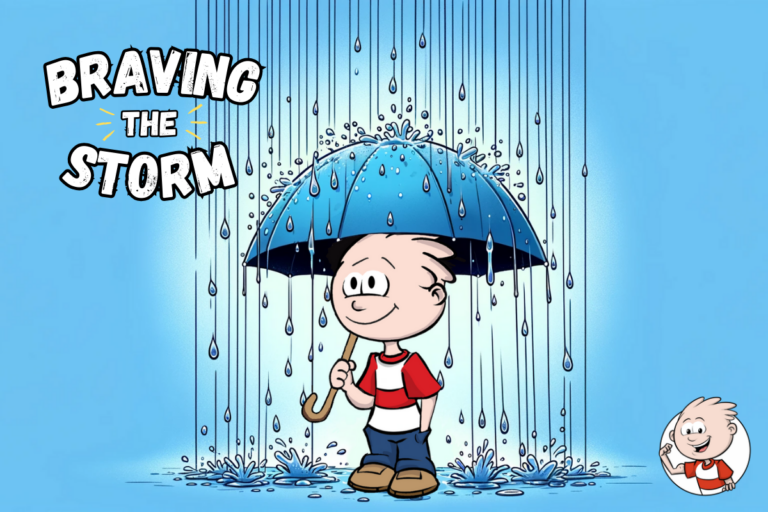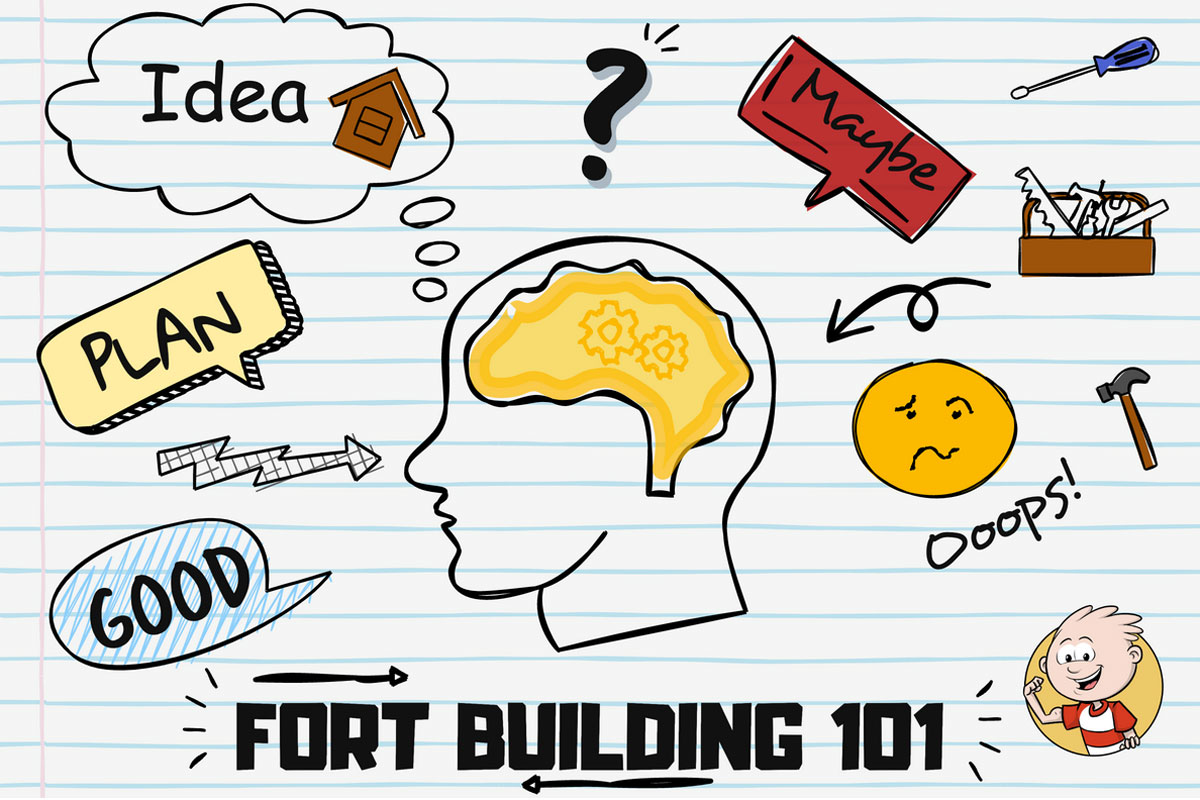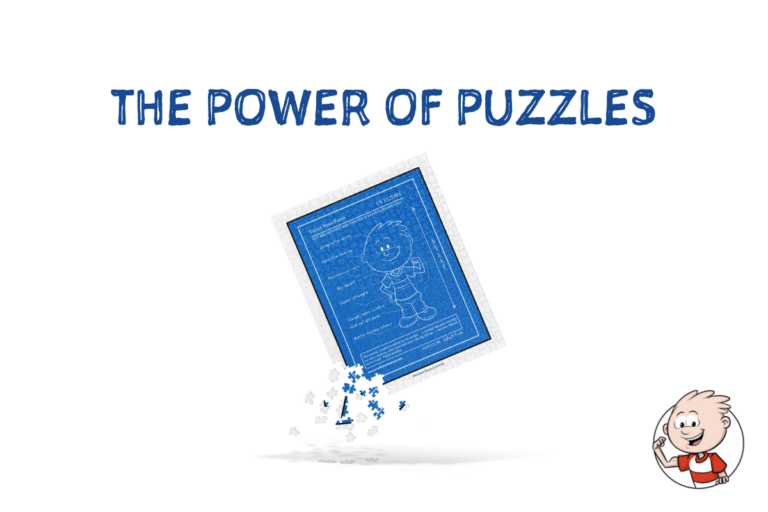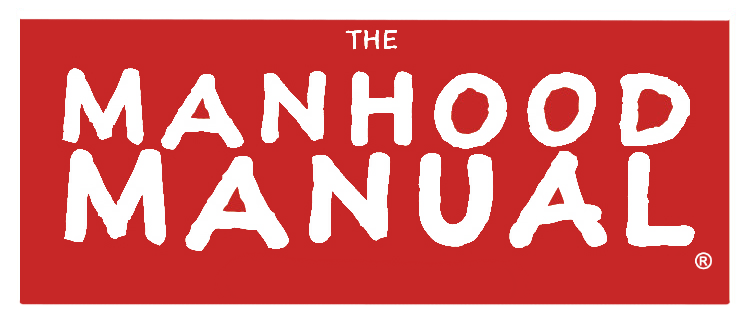The Time Capsule Toolkit
Building Memories and Unearthing Stronger Connections
Inspired by The Manhood Manual book series, our e-newsletter brings parents and educators a blend of fun stories, challenges, and growth lessons for boys on their path to manhood. Expect a Cool Idea for engaging learning, a Big Problem to ponder about growing up, and a Lesson Learned to help build remarkable boys.
The Cool Idea
In the book, The Manhood Manual – A Comic Adventure, our friend Jeffrey cleverly constructs Fort Box to protect his prized possessions from his older sister, Kate. Inspired by this creative idea, we’ve devised an entertaining activity for you called The Time Capsule Toolkit!

This fun project is designed to strengthen the bond between parent and son by creating a one-of-a-kind time capsule brimming with personal reflections, favorite items, and cherished memories.
To embark on this memorable journey, locate a comfortable, distraction-free spot where you and your child can collaborate on the project. Engage in a conversation about the time capsule’s purpose and brainstorm a series of questions that will ignite discussions about your most valued memories, hobbies, ambitions, and dreams.
Take turns responding to the questions, paying close attention, and engaging in candid and heartfelt conversations. Record your answers on paper, design some artwork, or collect photographs and keepsakes that symbolize your shared experiences and interests. Then, write a letter to your future selves, detailing your current relationship and any aspirations or hopes you hold for the future.
Collect everything and place it into a durable container. Seal it securely, and together, choose a meaningful date in the future to unveil the capsule. Mark the date on the container and decorate the box with drawings or phrases representing your favorite things. Safely tuck away your time capsule at home and eagerly anticipate the day when you can unveil it again. When that day arrives, enjoy a nostalgic journey through your past selves and contemplate how your bond has evolved and deepened over time. And as always, take some video or photos of the event to look back on the events of the day. Here’s to happy bonding!
The Big Problem
In today’s fast-paced world, it is more important than ever to prioritize spending quality time with our children to foster their development, prevent feelings of isolation, and ensure their maximum growth potential is reached. In their highly acclaimed book, “How to Talk So Kids Will Listen & Listen So Kids Will Talk,” Adele Faber and Elaine Mazlish stress the significance of creating an environment that encourages open communication and trust. They explain that when we give children the chance to express their thoughts and feelings, they come to trust us with their innermost concerns and feelings.
Another essential aspect of parenting is being present in our children’s lives, even when we cannot physically be with them. In her book, “The Power of Presence: Be a Voice in Your Child’s Ear Even When You’re Not with Them,” Joy Thomas Moore explains that being a consistent and reassuring presence helps to shape a child’s identity and emotional well-being. Moore emphasizes that presence is more than just being there—it’s being emotionally and mentally available for our children, even when we’re apart.
Simplicity is also a key element in fostering a nurturing environment for our children. In “Simplicity Parenting: Using the Extraordinary Power of Less to Raise Calmer, Happier, and More Secure Kids,” Kim John Payne and Lisa M. Ross advocate for creating a simpler, more focused family life that encourages connection and emotional security. They emphasize that as parents, we have the privilege of shaping a family environment that emphasizes the true importance of life: the depth and quality of our bonds, the provision for genuine connection and emotional safety, and the nurturing of our children’s unique individuality.
By engaging in activities that our children enjoy, actively listening, and being emotionally and mentally available, we can create a solid foundation for their growth and well-being. As parents, it is crucial to recognize the power of presence, simplicity, and quality time in unlocking our children’s full potential.
References:
The Lesson Learned
Gathering simple supplies you already have around your home, The Time Capsule Toolkit is a great way to make lasting memories with your son — and it’s entirely free! Not only is this a fun one-on-one activity, but it provides an invaluable opportunity to invest quality time and energy in your child. For more projects like these with less imagination required, head over to National Geographic where you can find exciting projects for you and your son. There’s no better gift than giving your son the most precious thing of all: your presence.
Invest a minute and inspire a lifetime . . .








